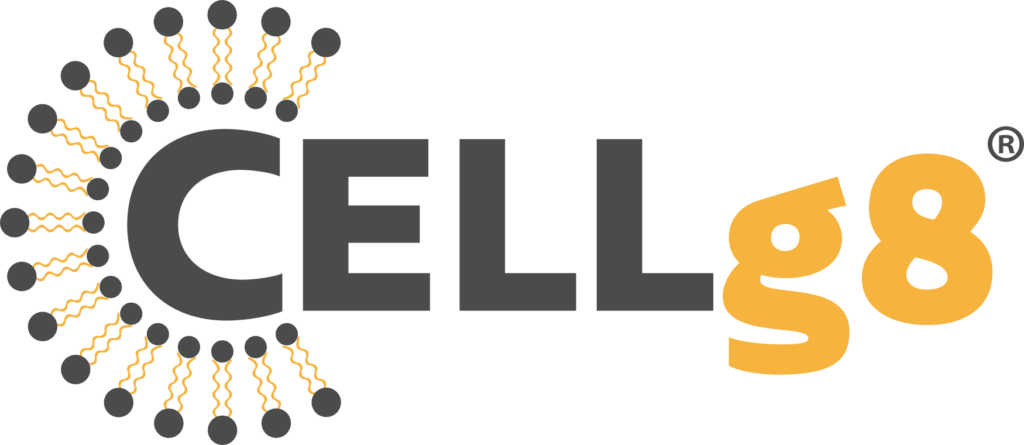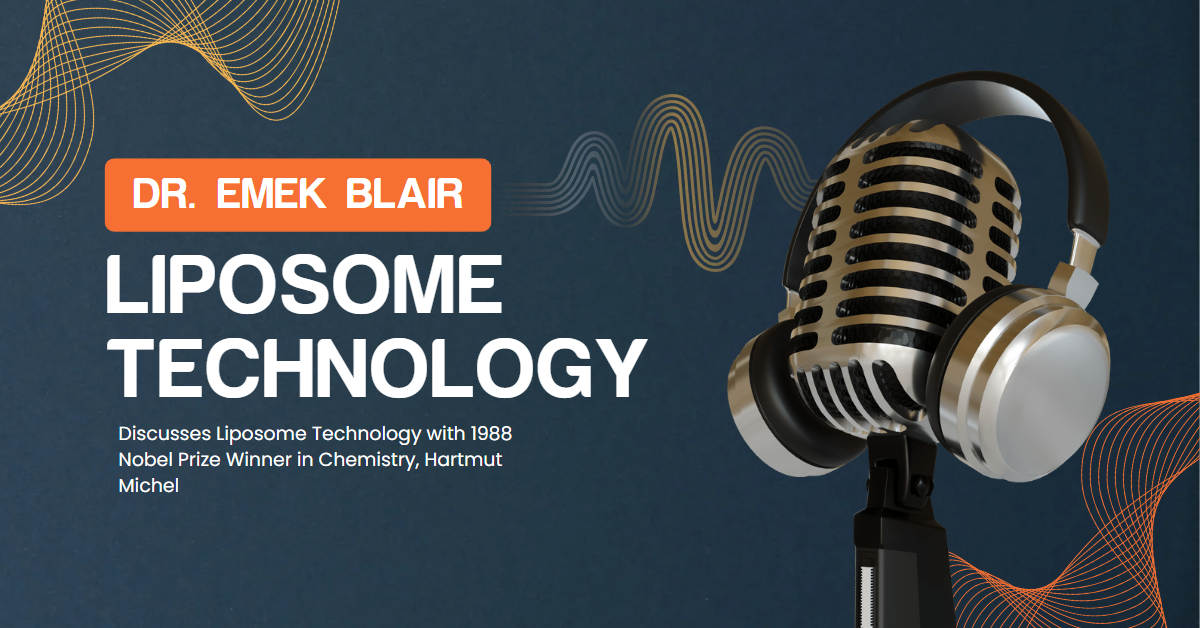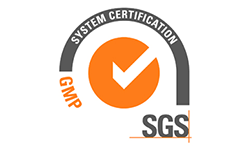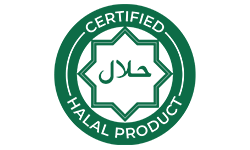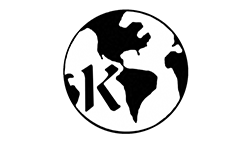The podcast features a conversation between Dr. Emek Blair and Hartmut Michel about their work on lipids and proteins. They discuss the challenges of working with membrane proteins and the importance of being able to crystallize them. Dr. Blair shares how he used Michel’s procedures to develop a new manufacturing methodology for liposomal technology. They also discuss how liposomes can be used to deliver natural ingredients into the body, bypassing the stomach to ensure their uptake in the small intestine. The conversation highlights the importance of mistakes and evolution in scientific research and the significance of natural models in advancing science.
- Dr. Emek Blair discusses our liposome technology with 1988 Nobel Prize winner in chemistry Hartmut Michel
Hartmut Michel (00:00):
Okay. Okay, good, good. I’m now in different room with a better connection, I guess. Yeah. Also perfect. But I closed the door construction. Yeah. Very good.
Dr. Emek Blair (00:21):
Well, good. Thank you, <laugh>. You know, I’m, I’m glad we’re able to, uh, overcome the technical issues.
Hartmut Michel (00:28):
Oh, yeah. Mm-hmm. <affirmative>.
Dr. Emek Blair (00:30):
Well, good. Um, first of all, I mean, we, we didn’t have a really a chance to speak the two of us, but, um, I’m just, I can’t tell you how excited I am to be speaking with you. Mm-hmm. <affirmative>, it’s, um, you know, it’s an honor, it’s a pleasure, uh, to have this opportunity.
Hartmut Michel (00:47):
Very, very nice.
Dr. Emek Blair (00:48):
Um, so anyway, um, the, the idea here is we’re just gonna have a simple conversation, kind of talking about, um, kind of the, the starting from the work that you did and basically, um, working our way to, you know, how I, I mean, the truth is, and this is reality. I mean, I followed really a lot of the work that you did. Of course, everybody learns about it. <laugh>, you know, it’s, uh, it’s very straightforward. And, um, when I was doing some work to, you know, continue it forward, you know, about 15 years ago, um, that’s how I came up with this new manufacturing methodology and this, uh, you know, next stage liposomal technology. Yeah. I was, you know, so I was working, I mean, I was working on lipid proteins, lipid end enzymes, um, you know, not necessarily the exact same ones as you. I was working on P four 50 enzymes and, uh, you know, working to keep them in their native state by putting lipids around them. And that’s how I came about, you know, making this new liposomal technology.
Hartmut Michel (01:54):
Very, what, what is new with that?
Dr. Emek Blair (01:58):
Pardon me?
Hartmut Michel (01:59):
What is new with that, with your technology?
Dr. Emek Blair (02:02):
So, what’s new is that it, it’s, it’s a natural manufacturing method, right? So when I was studying these lipid proteins, these P four 50 proteins, um, I had to figure out a way to put the lipids around them without naturing them, without destroying them, right. And keeping them stable. So I came, uh, about a way of doing it with any kind of pressure or temperature or, um, organic solvents. Um, and that’s really that the advantage of what it is that, that we do. Um, and that is that the in natural ingredients, uh, don’t fall apart, right? Because we don’t heat them and we don’t use pressure. Um, I I’m sure you’re familiar with that. I mean, I’m sure when you were working, um, on, on your project, you know, over the last, you know, several decades, you know, proteins, they’re delicate, right? <laugh>. Yep. So, so now we’re, we’re using that same concept, but to deliver natural ingredients.
Hartmut Michel (03:04):
Very good. That is why you in our USC is the sunflower liposome.
Dr. Emek Blair (03:09):
Yep. That that’s exactly right. Um, you know, especially a lot of people have soy allergies and things like that, but, um, I, I was hoping you wouldn’t mind just spending a minute or two discussing a little bit of, uh, some of your seminal work and you know, how you approached, you know, some of you know, you know, your, your project and, um, were able to, you know, decipher really one of nature’s mysteries.
Hartmut Michel (03:35):
Yeah. Should I start?
Dr. Emek Blair (03:37):
Yes, please.
Hartmut Michel (03:39):
Okay, good. Uh, I was a postdoc fresh postdoc when I made some observations in the lab, which, uh, told me that it might be possible to crystallize membrane proteins, despite the public opinion that this is impossible. Huh. And I thought how to do that on the other end. I knew at that time, X-ray crystallography was the only way to determine the atomic structures of proteins. Huh. So you have to make crystals, and as I said, uh, this was considered to be impossible for membrane protein. And after thinking how to do, I write many, many, many different things. And I came up with, uh, the idea that there are two different ways to crystallize membrane protein. One, using detergent. Yeah. And, and crystallize the membrane protein in the cell, relying on, uh, polar interactions between the polar surface parts of the membrane and just having the li the detergents as a passive cement surrounding, uh, surrounding the proteins.
Hartmut Michel (04:52):
And, uh, but it’s clear that also there is some lipid attractive interaction or detergent attractive interaction helps you a lot to get the crystals. So you have to optimize the detergents, which you use by ze. And, uh, does, you know, from your work with member employees, you have to be very careful because many, many membrane proteins don’t like one of the other detergents. Cause now we have a wide variety of detergents, which we can try. And there are, there’s a continuous synthesis of new detergents. So, uh, it’s now, it’s a very good, it’s wide selection of detergents, which you can use at that time. Of course, I was looking mainly for detergents, which are small in order to fit into the proteins, crystal lettuces. And fortunately the people, uh, working in photos, illnesses, they had one detergent which had this properties. And I tried that with, uh, the proteins, which I had in my hand, and then I went on until it was adoption.
Hartmut Michel (05:52):
But adoption was not, not suit, not stable. We very stable in the mistake. Then I went on to look for photosynthesis, and I selected a photosynthetic reaction center, looked out a method to purify the protein and to crystallize, I was pretty successful. Pretty soon with that reaction center, I simply used the methods, which I had optimized with a different protein, the bacteria type 14. And with that, it was pretty clear what to do next. That took about maybe about three years to get the first defecting, first weld, defecting pistol. Then it was clear that, uh, the mainstream was done, but now we still had to work out the structure. And this was at that time, was I had to collect data at a pertaining in, out at home. And one data, one, uh, movie, uh, took me about 10 to 12 hours, and I had to record, uh, more than 90, maybe 120 movies.
Hartmut Michel (06:55):
Wow. Collect data said, took me three to four months. Now my students do the same. They go to the singleton, they’re able to freeze the crystals. They have area data collectors, and, uh, they have much stronger beam, and they do the whole thing in eight seconds. Yeah. They have the date computer. That’s when I <laugh> when I made the clu, the photographic films with x-rays. Huh. Then still somebody had to evaluate the data, take the flows to scan the films, and had to look how dark is, is each spot and has had to index each spot, and then to combine the data from there films together to, to get one data set before you could go on work. So this was really, really a substantial improvement from method wise.
Dr. Emek Blair (07:41):
Yeah. Yeah. That’s, that’s, that’s amazing. And, you know, so when I was in graduate school, I actually followed, you know, your, your concept about, you know, how lipid needs to interact and Yeah. Move different things. And, you know, I was working on, um, another project on, uh, nitrogenase. So, you know, it turned out that nobody had ever been able to do direct electrochemistry on nitrogenase to figure out the electron flow when it was, um, turning nitrogen into fertilizer uhhuh. And, uh, so, so I actually followed your procedure step by step in trying to figure out which surfactants, which lipids, uh, would be able to interact with the protein correctly so that I could push and pull electrons out of the, um, out of that, um, um, enzyme. And, um, when I was working through that, that’s when, um, I set up a, an experiment actually slightly incorrectly. And, uh, that’s when I accidentally figured out how to make these liposomes without temperature of pressure. But, uh, I mean, I, I literally had your procedures down and was following them stepwise, and I made a mistake <laugh>, and then my whole company came from that.
Hartmut Michel (08:53):
Very good. Alright. Tell us that mistakes are very important. Yeah. Without the mistakes in replication, there would be no evolution.
Dr. Emek Blair (09:00):
That’s right. Yeah. So
Hartmut Michel (09:02):
If there would be, would be a precise replication of the dna.
Dr. Emek Blair (09:07):
Yeah. So, so it, it’s always amazing. I remember at the time I was really upset, so I decided to, you know, look at it in a different way and be like, you know what, this is an evolution. This is something new. This is something that could be kinda important at least for, you know, for me and some people. So it’s, uh, it, it’s <laugh>. It just, it kind of, it’s amazing to listen to you talk about this. And then the, the other thing that struck me is you’re talking about how something that took you a thousand hours can be done in, you know, a few seconds today. Um, you know, and, and I remember, I mean, at the time, if you look at the equipment I was working with, it was multimeters and everything had to be hooked up and connected. Now it’s a small box about this big, and it does things about a thousand times more quickly <laugh>. So
Hartmut Michel (09:53):
Yeah.
Dr. Emek Blair (09:54):
Yeah. You know, so it’s, it’s amazing. But, you know, somebody had to put into hard work initially <laugh>. So what what’s kind of cool too now is, um, we’re using this technology in a lot of different ways and, um, you know, we, we’ve been able to publish nice papers showing how these lipids, which are just a really amazing molecules that, you know, your whole body is made out of, um, to deliver natural ingredients, you know, from curcumin to cannabinoids to, you know, vitamin C, to anything to people’s blood at high rates. Um, you know, so I saw a video of you not too long ago saying that you think that liposomes are the, the next evolution of nutrition. And, uh, that’s kind of the future, the future of, you know, how to get healthy natural ingredients into your body. Um, do, do you wanna talk a little bit more about that?
Hartmut Michel (10:50):
Okay. Of course, uh, the major point is, uh, the uptake of, uh, all these nutrients or arteris in the gut, huh. In the small intestine. And in order to get there, they have to pass the stomach without being destroyed. Huh? Without being damaged, of course, uh, proteins don’t survive this. Uh, some, maybe some carbohydrates probably survive, some sugar survive. And, uh, some lipids, some lipids survive. But the most important in the vitamin C does not survive when your vitamins don’t survive. So you have to find a way to allow these, the passage through, through, through the stomach. And, uh, if the stomach, uh, if, if they are, if they are, uh, taken up by the body in the small intestine, you have to, uh, make sure that also your protective agent, which may use is, is also is no longer active in this tine. And if you use liposomal deliver a system, that is case, of course, you can have few, uh, the drug or, or the vitamin in, in the liposome in the lumen of the, of liposomes. You can eat them and, uh, they will be stable at the low phh liposome will be stable at the low pH of the stomach. And when you then get to this small intestine, you have the bis, the bi as its probably will, uh, destroy the liposome membrane and the contents will be released. And then you will have, uh, the transporters in the, in the cells lighting, the lighting, the small tine, and they, they’re been able to take up, uh, to take up the contents from the liposomes.
Dr. Emek Blair (12:29):
Yeah. And, um, you know, so the, the way I always think about it is, you know, this is similar to how milk works, right? So babies, they can’t absorb anything when they’re newborns. They get the colostrum to get the milk, which is the same thing. It’s lipids around nutrition. So a lot of times I joke around that, you know, your first vitamin D came from milk <laugh>. Right.
Hartmut Michel (12:53):
That is a, it’s, that’s a good model system, huh? Yeah. Nice picture.
Dr. Emek Blair (12:58):
Yeah. And, and it’s, it’s also one of the things where, you know, nature, nature already knows a lot. I mean, whether we understand it or we don’t is irrelevant, but nature already has really fantastic models for how to get, you know, a lot of this accomplished. And, uh, you know, I always view liposomes as being just a copy of what nature already does or what nature wants to do, but our bodies don’t do it very well.
Hartmut Michel (13:24):
Yeah. Right.
Dr. Emek Blair (13:26):
So, um, moving forward, um, I, I mean this, this is, well, um, thank you so much for your time. Um, if there’s anything else you’d like to share, I, I’d love to hear more or, um, you know, we could kind of wrap it up around now
Hartmut Michel (13:43):
Point what, what you have to do if, if you wanna, of course you have to tolerate frustrations a major point, because most of your, of your experiments, most of your ideas, at least the great breakthroughs, they fail at the very beginning. You have to carefully what is the reason behind, and then of course, you have to modify the experiments. Don’t give up, don’t change the aim of the research, but change the methods and the approaches.
Dr. Emek Blair (14:12):
Yeah. That, that, that’s, that’s really important. I mean, you know, if, if you look back and, you know, you’ve had, I mean, I don’t know how many students you’ve had over the years, but, um, frustration is, is I think the very correct <laugh> description of what occurs when, when you’re trying to, you know, move science forward. Yeah. Um, and, and it’s, it’s difficult to stay focused at times, but it’s incredibly important. Otherwise you don’t get anything accomplished.
Hartmut Michel (14:39):
Sure.
Dr. Emek Blair (14:40):
You know? Well, excellent. All right. Hey, listen, thank you so much for your time. And, and I hope, you know, in the next year or so you’d be willing to maybe do another one of these kind of quick chats. Can do so, and, um, we’ll, we’ll, we’ll keep on moving forward. Good. Very good. Alright. Hey, thank you. Thank you, <laugh>. Okay. Okay, perfect.
